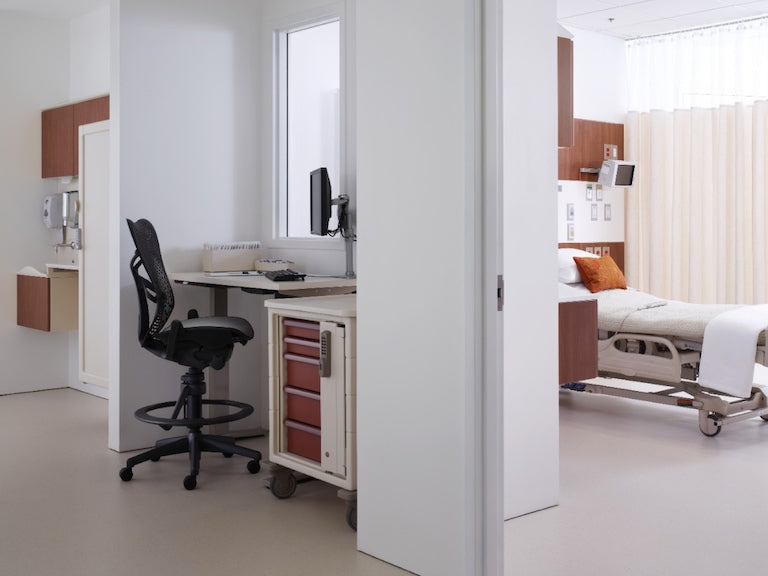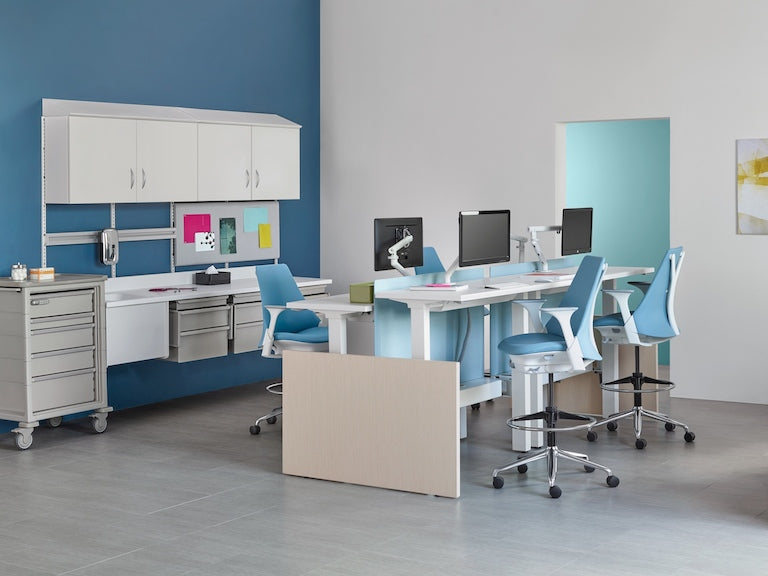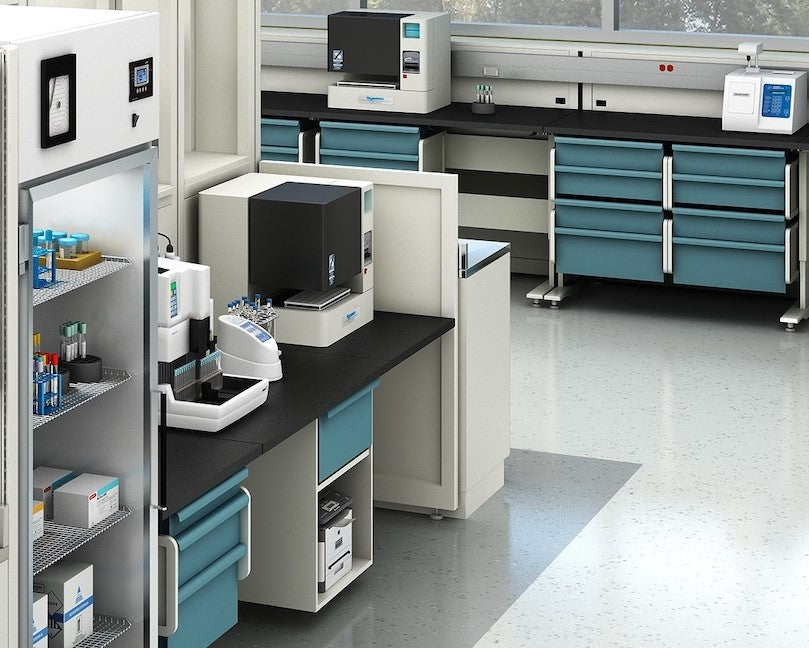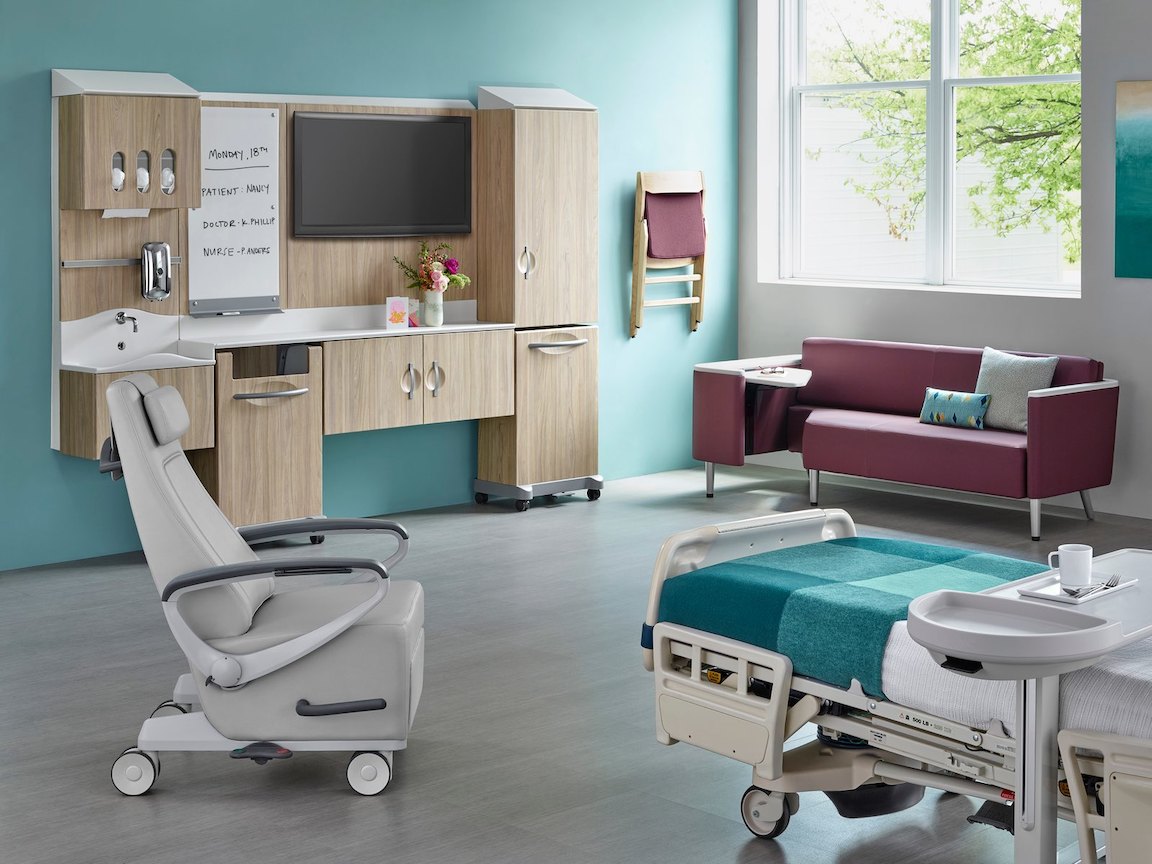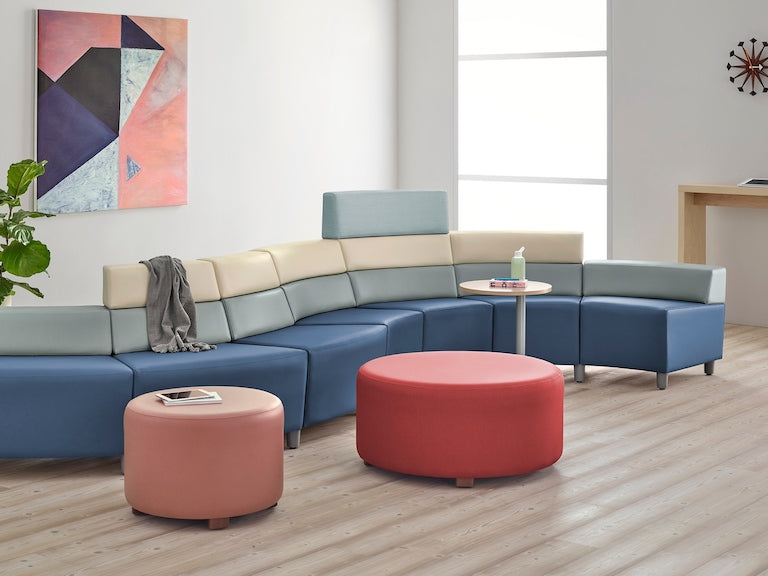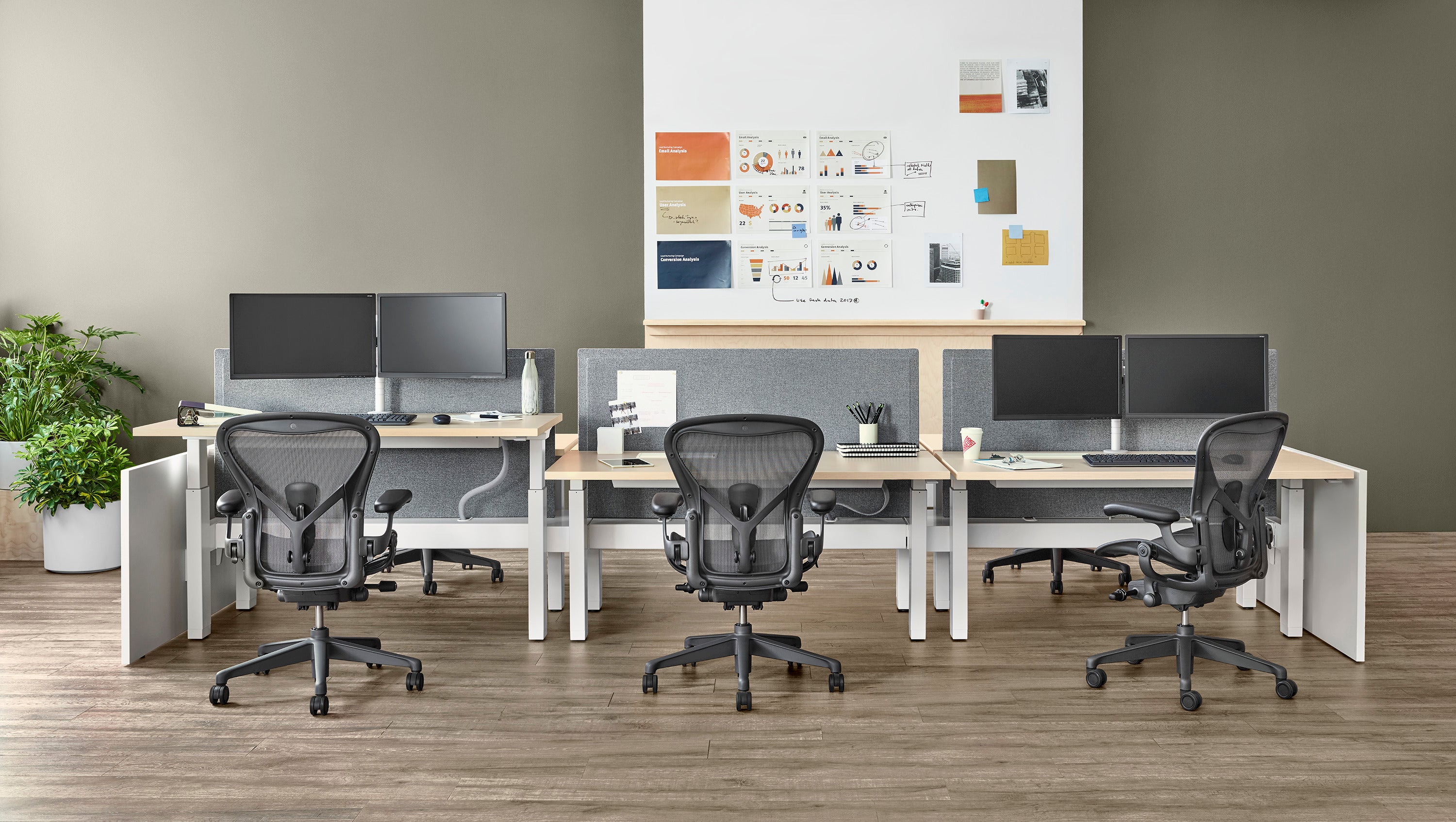
Dressing and Tissue Forceps 1X2 Teeth 5.5"/14.5cm Surgical Dental CE
OV47182
Regular priceDressing and Tissue Forceps 1X2 Teeth 5.5"/14.5cm Surgical Dental CE
|
Instructions For Use: Dressing forceps are used when dressing wounds. They hold gauze and other dressings. They may also be used during wound debridement to remove infected or necrotic tissue or debris from the wound. They may also be used for suturing. Secifications:
Instrument Care: Cleaning: Disinfection: Chemical disinfection can be used when instruments will be damaged by heat. Some chemicals that may be considered include glutaraldehyde 2% for 20 minutes, hydrogen peroxide 6%–7.5% for 20–30 minutes, peracetic acid 0.2–0.35% for 5 minutes and ortho-phthalaldehyde (OPA) for 5–12 minutes. Sterilisation: Autoclave: Arrange the instruments, sterilisation trays or packs in the autoclave without stacking them. The steam must circulate freely inside the autoclave. Follow the manufacturer’s directions for adjusting the time, temperature and pressure of the autoclave cycle. Process the instruments as follows:
When the autoclaving cycle is complete and the pressure reaches zero, open the door a centimeter or two to allow the steam to escape. Run the drying cycle as recommended by the autoclave manufacturer until all the instruments are dry. It should take about 30 minutes. Using sterile tongs, remove all the instruments, trays and packages. Allow them to cool to room temperature before storing. Unwrapped items must be used immediately or may be stored in covered, dry, sterile trays for up to a week. Store wrapped packages in a warm, dry, closed cabinet. Instruments remain sterile as long as the wrap is dry and intact. Storage: |


